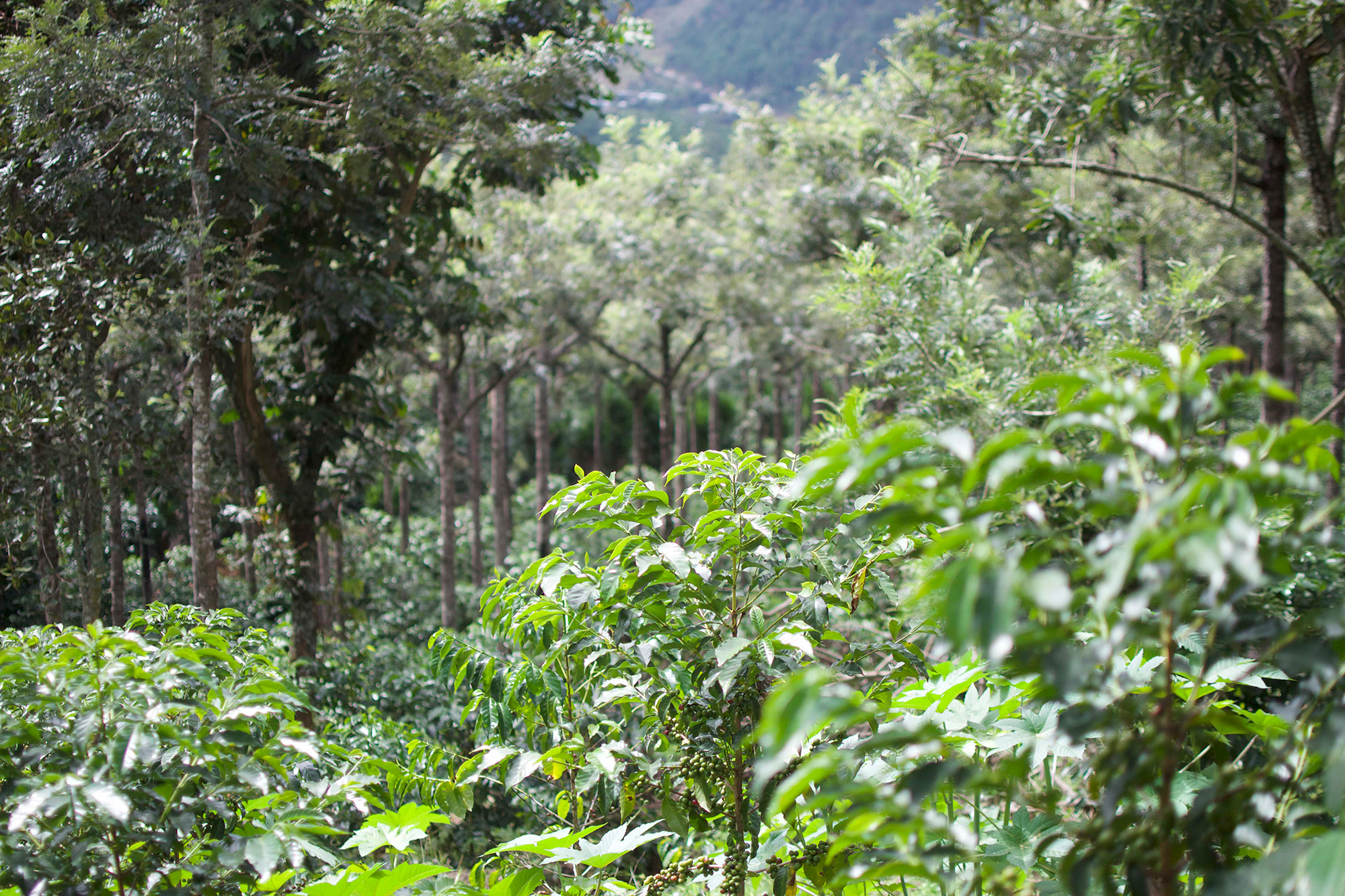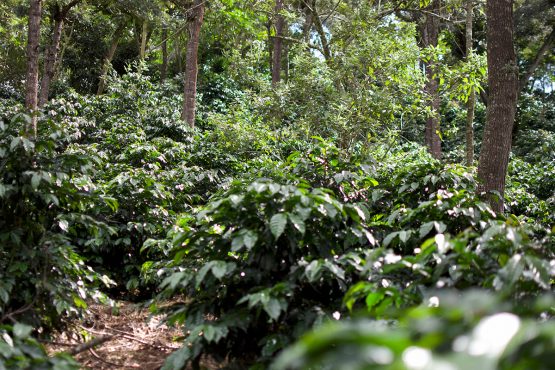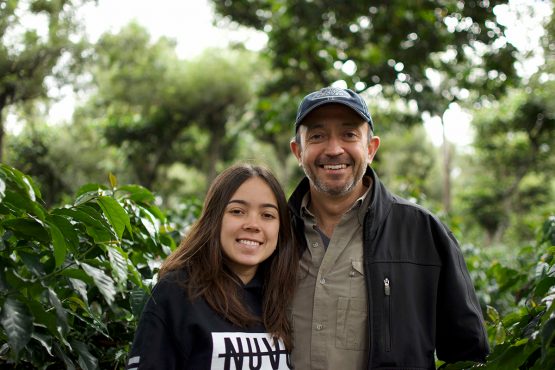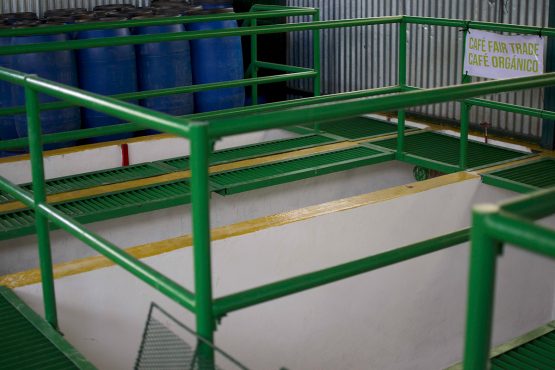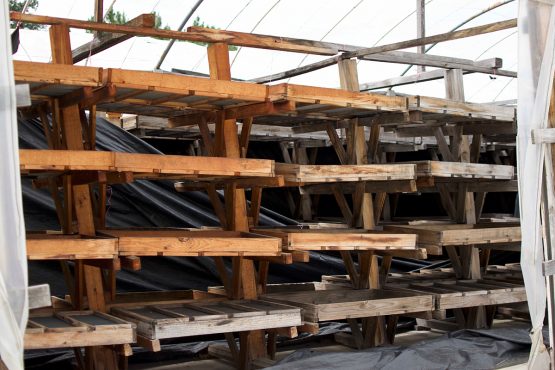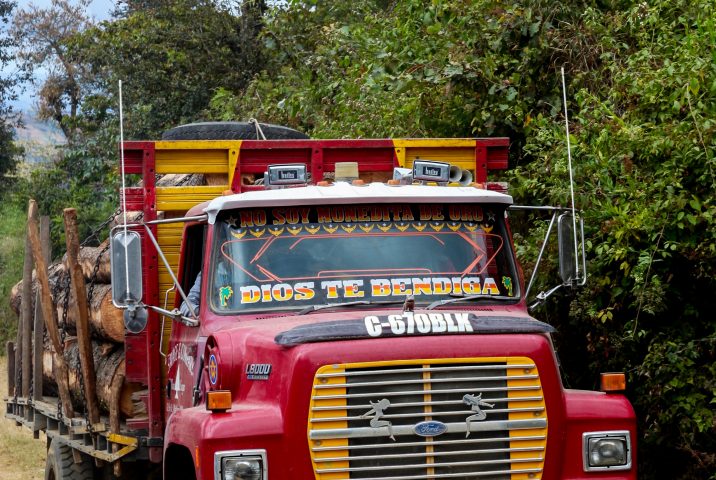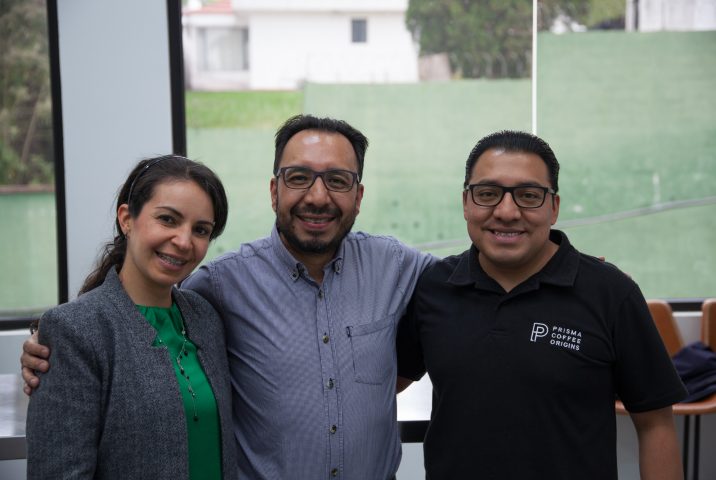El Retiro
Golden syrup, red plum and orange, balanced by sweet almond and rooibos tea. Great clarity and structure.
This coffee is currently featured as one of our ‘Special Offers’.
This coffee landed with slightly less complexity than we expected and was out-performed by other lots on the cupping table, resulting in slower sales. Although it is a more simple profile than anticipated, El Retiro is presenting great sweetness and clarity and will produce an outstanding espresso, or add depth to a blend. We have priced the coffee to move stock ahead of fresh-crop Guatemalans arriving later this year.
Finca El Retiro and sister farm La Merced have been part of the Alburez-Ortega family since patriarch Francisco Alburez first purchased it at auction in 1832. Back then it was only known as La Merced, named after the Mercedarian convent that previously occupied the property. Francisco’s daughter Maria Alburez de Ortega took over the farm and along with husband Manuel Ortega y Carrascal planted corn and black beans, recognising that the farm’s clay-loam soil was excellent at retaining moisture and well-suited to farming activities.
Coffee was first introduce in 1912, once the couple’s visionary son Carlos Ortega Alburez had taken over operations. Though he began managing the farm at the early age of 16, Carlos had a bright future ahead: he went on to become the town mayor and was responsible for bringing electricity to the whole municipality of San Martín Jilotepeque. Don Carlos, as he became known, and wife Balbina turned the farm into quite the enterprise: they began making dairy products on-site to be sold at the local market, and they built beehives and planted orange trees throughout the farm. The couple also built the first school in the region, which focused on educating girls from the local town. As Balbina would state: “as the head of the family, girls need schooling.” It was also around this time, in 1955, that the farm was split between La Merced (which currently represents 20% of the estate) and El Retiro (made up of the remaining 80%).
Unfortunately, all of this activity came to a halt in 1976, when an earthquake destroyed the town of San Martín Jilotepeque, decimating the main house and church at the estate and forcing Don Carlos and Balbina to live in tents while they restored the buildings. As part of internal and political conflict that arose around this time, the pair moved away from the farm and managed operations remotely, leaving day-to-day affairs in the hands of their most trusted workers.
The fourth generation took the reins in 1996, and began to plan the building of a wet mill on-site. Up to this point, the estate’s coffee had all been sold in cherry form at the local market, but they knew that controlling the processing of the coffee would make a significant difference to their bottom line. The mill was finally established in 2008, giving the family complete control of their crop. The establishment of the mill opened new job opportunities for the communities near the town of San Martín Jilotepeque, as it allows for up to 60 tonnes of coffee to be produced annually. Today, responsibility of the management and marketing operations of El Retiro and La Merced are shared across several family members, with Fernando Diaz (also of Amatillo) spearheading all commercial activities.
ABOUT SAN MARTÍN JILOTEPEQUE
Formerly known as the city of Xilotepeque (which translates to “on the hill of sweet corn” in the indigenous nahuatl language), San Martín Jilotepeque is a settlement of historical significance to Guatemala and its people. The old city of Xilotepeque was an important centre of activity for the Kaqchikel, who constitute Guatemala’s third largest Maya group. After the Spanish conquest of the country, the region became one of the Guatemala’s religious centres of operations, as its temperate climate was favoured by Catholic bishops who needed land to build parishes and convents. They renamed the city to San Martin Jilotepeque, after the patron saint Martin of Tours.
After an earthquake struck the nearby region of Antigua in 1776, many of its surviving citizens moved to San Martin Jilotepeque, looking for safety. The municipality’s influence grew in the following decades, going on to become the country’s capital for a brief period after gaining independence in 1821. Today, the city is home to mostly people of Kaqchikel heritage who are largely subsistence farmers, and their culture reflects a fusion of Maya and Spanish influences.
ABOUT ACATENANGO
Located west of Antigua, beyond the Acatenango and Fuego volcanoes is the Acatenango valley. Like Antigua, this distinct and special growing region has also been recognised as an Anacafé Designation of Origin. Due to their proximity, the regions’ economies are linked, and many of Acatenango’s people work in or near Antigua in addition to farming coffee and other products closer to home.
The region benefits from frequent eruptions from the nearby Fuego Volcano, which keep the coarse, sandy soils full of minerals. Coffee here is grown under dense shade of Gravilea, Inga, and Guachipilín trees, at elevations of up to 2,000 meters above sea level – creating an incredibly biodiverse forest environment.
Due to its location, Acatenango also experiences temperate gusts from the Pacific Ocean and a marked dry season. This allows for coffee to be fully sun-dried without much need of mechanical aids.
HOW THIS COFFEE WAS PROCESSED
Harvest at El Retiro begins in January, when the weather is still cool, and ends in April, when the heat intensifies. This climatic pattern is key to the farm’s success: the cooler weather allows for coffee cherries to mature slowly as the harvest begins (leading to cherries with higher sugar content), while the hotter weather creates the kind of conditions necessary for coffee to dry adequately and reach an ideal moisture content when the harvest ends.
During the harvest, the coffee was selectively hand-picked by a dedicated team of pickers. Cherries were depulped at on-site wet mill and fermented in traditional tanks for 18 hours. The beans were then washed to remove any remaining pulp and carefully placed on concrete patios for a “pre-drying” stage. After spending approximately two days on patios, parchment was placed on raised beds to complete drying for a total of 8-10 days.
